#Kópakonan
Text

Kópakonan, Faroe Island
392 notes
·
View notes
Text
Day 3

Kópakonan ("seal woman")

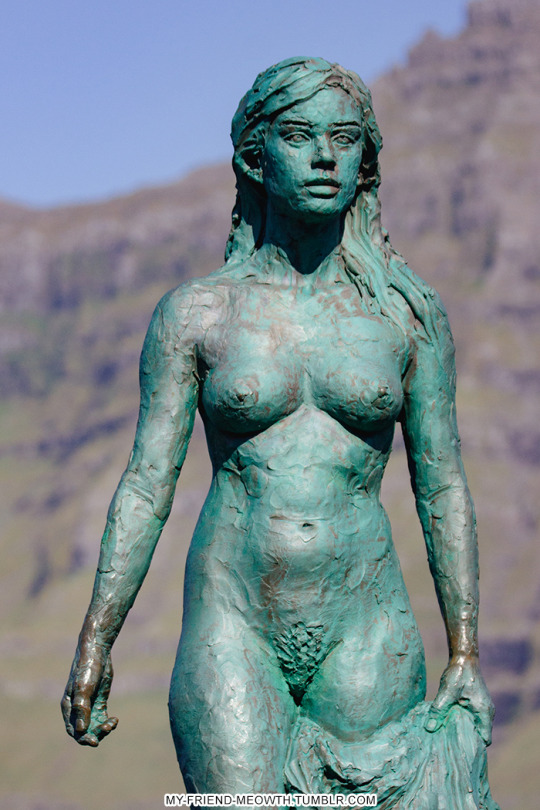
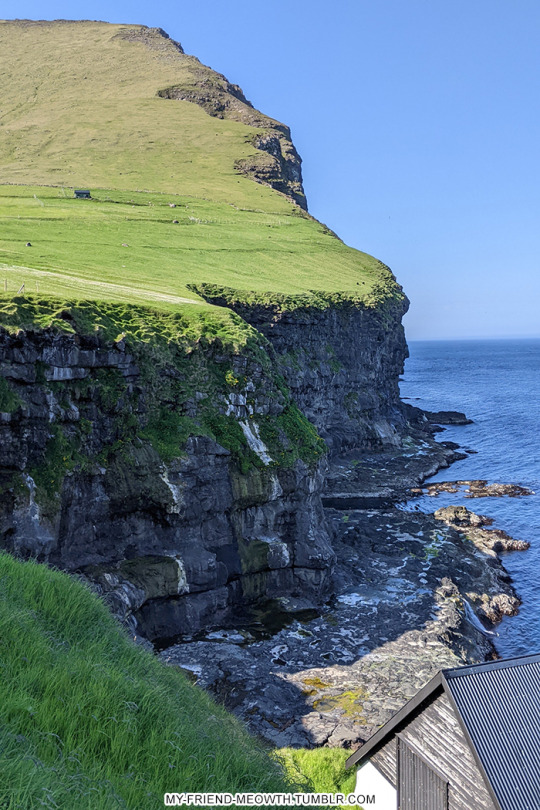

Ending scene of newest James Bond film No Time To Die was filmed on this island! We didn't have time to visit James Bond grave stone nut here is picture from brochure I took from hotel:
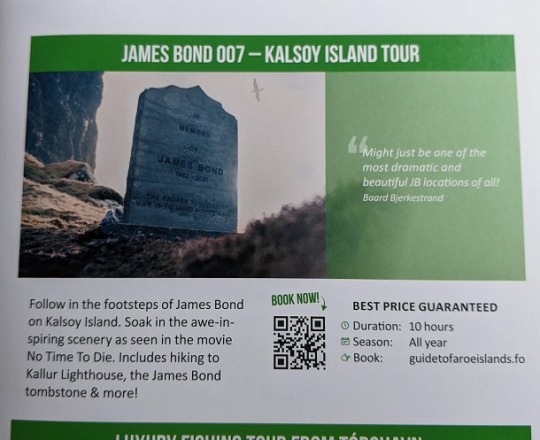
21 notes
·
View notes
Photo




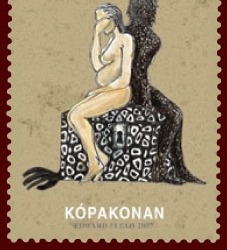
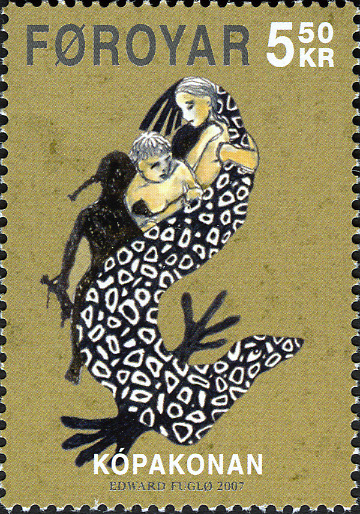



2007 Faroe Islands stamps featuring the legend of Kópakonan the Seal Woman, a selkie from Faroese mythology.
5 notes
·
View notes
Text
La légende de Kópakonan la femme phoque est l'un des contes folkloriques les plus connus des îles Féroé. On croyait que les phoques étaient d'anciens êtres humains qui cherchaient volontairement la mort dans l'océan.

The legend of Kópakonan the Seal Woman is one of the best-known folk tales of the Faroe Islands. Seals were believed to be ancient humans who voluntarily sought death in the ocean.
34 notes
·
View notes
Text
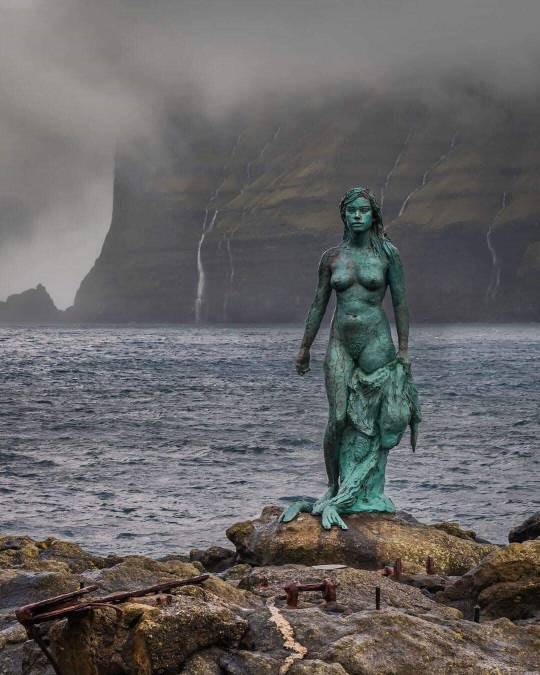
Mikladalur's Kópakonan on the Faroe Island
11 notes
·
View notes
Photo
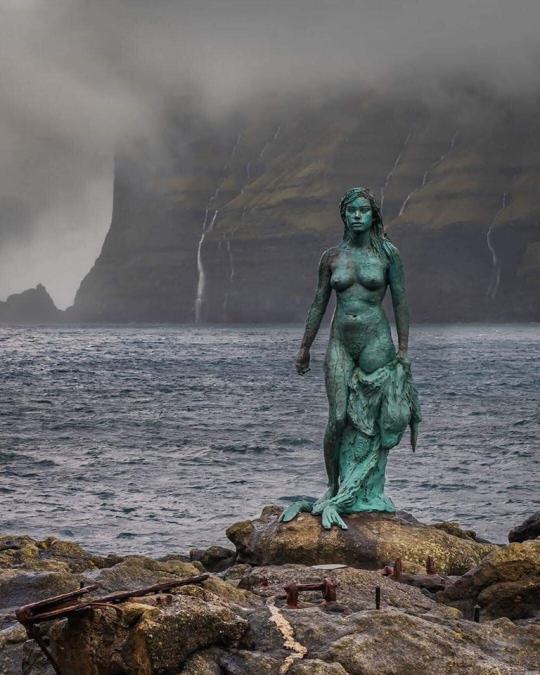
Mikladalur’s Kópakonan on the Faroe Islands
Selkies are a variation on the mermaid concept in Scottish, Irish, Icelandic and Faroese folklore. They live in the sea as seals, but can shed their seal hide to become human on land. If their seal skin is hidden or stolen, they are unable to return to the sea.
This 9 ft bronze and stainless steel statue of Kópakonan (The Seal Wife) was created by Hans Pauli Olsen and was installed in the Mikladalur Harbor on Kalsoy, one of the Faroe Islands, on August 1st, 2014. map
The statue commemorates myths about selkies and in particular two well known myths about the Seal Wife on the Faroe Islands.
Selkie stories are traditionally romantic tragedies, with the Selkie in most stories returning to the sea after several years as a Seal Wife to a human, leaving behind the husband and children.
One well known story is about a beautiful Selkie trapped by a fisherman on the island of Kalsoy, who hides her seal skin while she is on land one night. Trapped, she becomes his wife and they have 2 children. One day however, he goes fishing and she finds her seal skin hidden in a chest in their home. She escapes back to her Selkie family after ensuring the children are cared for until the fisherman's return.
She leaves behind a message to not follow her and to not harm her Selkie family. The fishermen however ignore the warning and end up killing both her Selkie husband and Selkie children.
In revenge she curses the men of the island to die in frequent accidents until as many have perished as can link arms around the whole island.
Terre-Mère :: [The Wonderful World]
258 notes
·
View notes
Text

Mikladalur’s Kópakonan on the Faroe Islands
Selkies are a variation on the mermaid concept in Scottish, Irish, Icelandic and Faroese folklore. They live in the sea as seals, but can shed their seal hide to become human on land. If their seal skin is hidden or stolen, they are unable to return to the sea.
This 9 ft bronze and stainless steel statue of Kópakonan (The Seal Wife) was created by Hans Pauli Olsen and was installed in the Mikladalur Harbor on Kalsoy, one of the Faroe Islands, on August 1st, 2014. map
Mermaid (Seal Wife) on Faroe Islands
Kopakonan (The Seal Wife) in Mikladalur on Kalsoy, Faroe Islands. Photo © Marita Gulklett.
The statue commemorates myths about selkies and in particular two well known myths about the Seal Wife on the Faroe Islands.
198 notes
·
View notes
Text
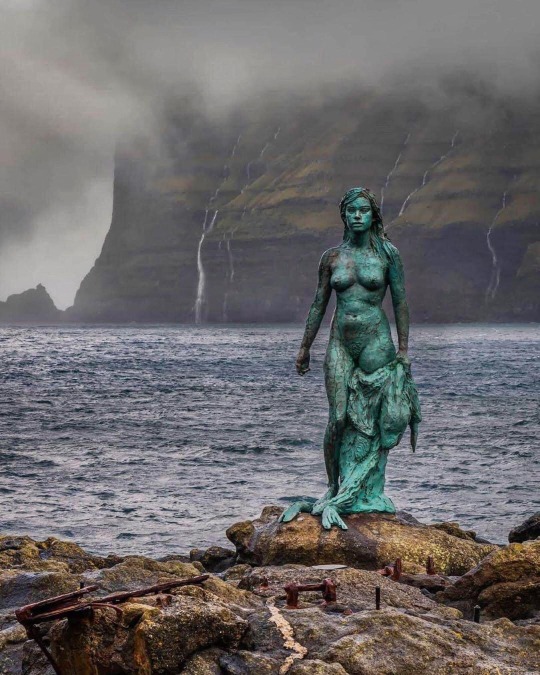
In Mikladalur Harbor on Kalsoy, part of the Faroe Islands in Denmark, stands a striking 9 ft-tall statue made of bronze and stainless steel, depicting the mythical Kópakonan (The Seal Wife). Unveiled in August 2014, this sculpture was crafted by artist Hans Pauli Olsen and serves as a tribute to the selkie legends prevalent in this region. These tales, particularly two famous myths about the Seal Wife, are deeply rooted in Faroese folklore. The legend describes selkies as humans who chose the sea over life, transforming into seals. According to myth, once every year on Twelfth Night, they could shed their seal skins, assume human form, and revel in earthly pleasures for a short time.
📷 Jay Swank (@dvos_jay)
21 notes
·
View notes
Text
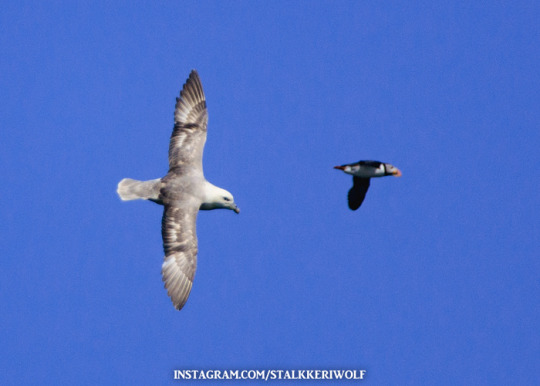
Lunni & myrskylintu/atlantic puffin & northern fulmar 🇫🇴 / Sony α55 (paikassa Kópakonan)
9 notes
·
View notes
Text

The Selkie story is the story of a woman who breaks. Taken literally out of her element, trapped on the land, where she cannot find a way to belong. She has lost her place in the world, and consequently has lost her stories. Like the Selkie, so many of us lose our skins, and all too often we lose them early. This can happen in so many ways: it may be stolen by another who does us harm; we might give it away to someone we trust, who then betrays us; or we might hide it for safekeeping and then forget where we hid it.
'This skin which we lose is our power: our unique, authentic power as women. The power to create, to guard, to transform. We become disconnected from our female body-wisdom and instincts. We lose that power to the Wasteland. We lose it in so many ways. It is taken from us, with threats and violence. Or we follow the wrong path in life, a path without heart. We leave behind what sustains and nourishes us. ... But sooner or later, no matter how cleverly we try to hide ourselves, to turn away from the truth, we are called to change. To wake up, and to see, and so to take responsibility. To reclaim our power, and to participate in the remaking of the world. Joseph Campbell named it the ‘Call to Adventure’ – but it should be so much more than merely an adventure. It is a Call to Life – a full, authentic life. It is a Call to rise from the half-sleep of our existence and take up our part in the great unfolding of the world. ... We must answer the Call, or forever be lost in the Wasteland.'
(The image is the bronze statue of Kópakonan – the Seal-wife – on the Faroe Islands by Hans Pauli Olsen.)
See less
12 notes
·
View notes
Photo

Kópakonan statue
In Mikladalur Harbor on the Faroe Islands, stands the Kópakonan statue. IT depicts the mythical Kópakonan, paying homage to the selkie legends of the region.
Read more at: https://paganplaces.com/places/kopakonan-statue/
4 notes
·
View notes
Text
Day 3



On our way to see Kópakonan!


11 notes
·
View notes
Text

In Mikladalur Harbor on Kalsoy, part of the Faroe Islands in Denmark, stands a striking 9 ft-tall statue made of bronze and stainless steel, depicting the mythical Kópakonan (The Seal Wife). Unveiled in August 2014, this sculpture was crafted by artist Hans Pauli Olsen and serves as a tribute to the selkie legends prevalent in this region. These tales, particularly two famous myths about the Seal Wife, are deeply rooted in Faroese folklore. The legend describes selkies as humans who chose the sea over life, transforming into seals. According to myth, once every year on Twelfth Night, they could shed their seal skins, assume human form, and revel in earthly pleasures for a short time.
📷 Jay Swank (@dvos_jay)
3 notes
·
View notes
Text

Hans Pauli Olsen (b. 1957, Faroese sculptor living in Denmark)
Kópakonan (The Seal Woman), Faroe Islands, 2014
0 notes
Text
A very sad legend tells that on the island of Kalsoy or "island of men", one of the most remote and desolate of the archipelago of the Faroe Islands, in Denmark, is connected to the Selkie (seal) Kópakonan.
In the very distant past, it was believed on the island that anyone who died a violent death or by suicide became the focus.
However, once a year they could return to humans to happily celebrate until sunrise, when they would return to seals.
One day, on Kalsoy Island, a young farmer went to the beach, curious to see the seals that became human again and danced.
During the dance, the man took the mantle from one of the young/seals, who thus could no longer return to the sea.
The woman, thanks to her animal sense of smell, looked for the farmer who had stolen her cloak, but who, despite her pleas, did not want to return it and forced the girl to marry him.
They had children, but the farmer always kept the key to the trunk with him, securely tied to his belt, until the day when, on the boat, he realized he had forgotten it at home.
He wrote back home, but a woman had already disappeared and returned to the sea.
From that day on, the farmer never saw her again.
However, when he went out to sea to fish, a bright-eyed seal hovered constantly around his boat and the catch was always very good.
In the same way, when their children walked on the beach, a seal appeared a few meters from the beach, accompanying them, as if accompanying them on their way.
Despite the love for loved ones, the woman remains overboard.
In August 2015, in the village of Mikladalur, a beautiful statue dedicated to Kópakonan was erected on the coast in stainless steel and bronze, 2.6 meters high and weighing 450 kilograms.
Imposing and solid, it is capable of withstanding waves up to thirteen meters high.
The work is by Faroese sculptor Hans Pauli Olse - August 24, 1957
1 note
·
View note
Text
Legend of Kópakonan (Seal Woman)

Kópakonan: A statue of the Seal Woman was raised in Mikladagur on the island of Kalsoy on 1 August, 2014. The statue is 2.6 metres long, weighs 450 kilograms, and is made of bronze and stainless steel.

1 note
·
View note